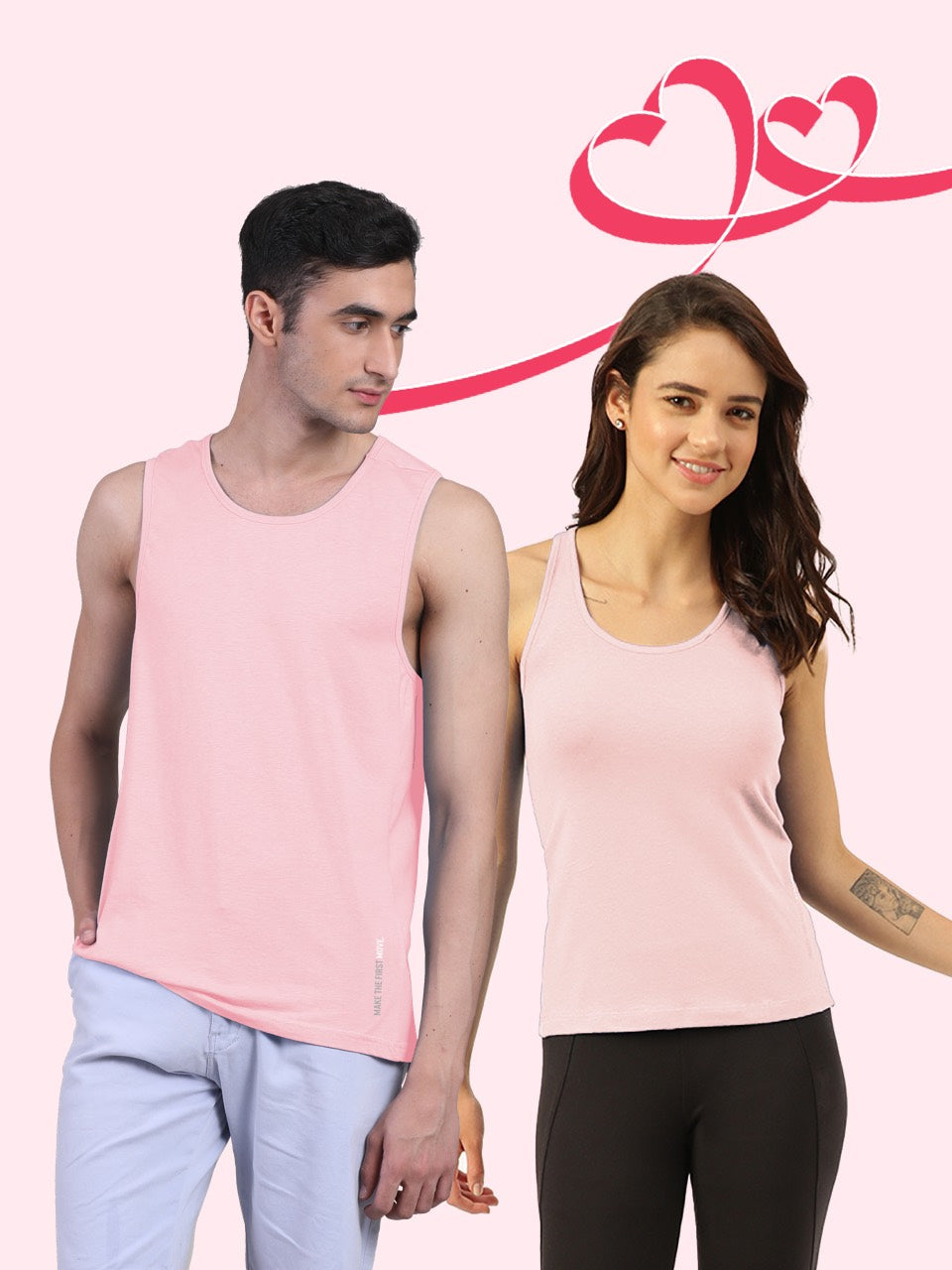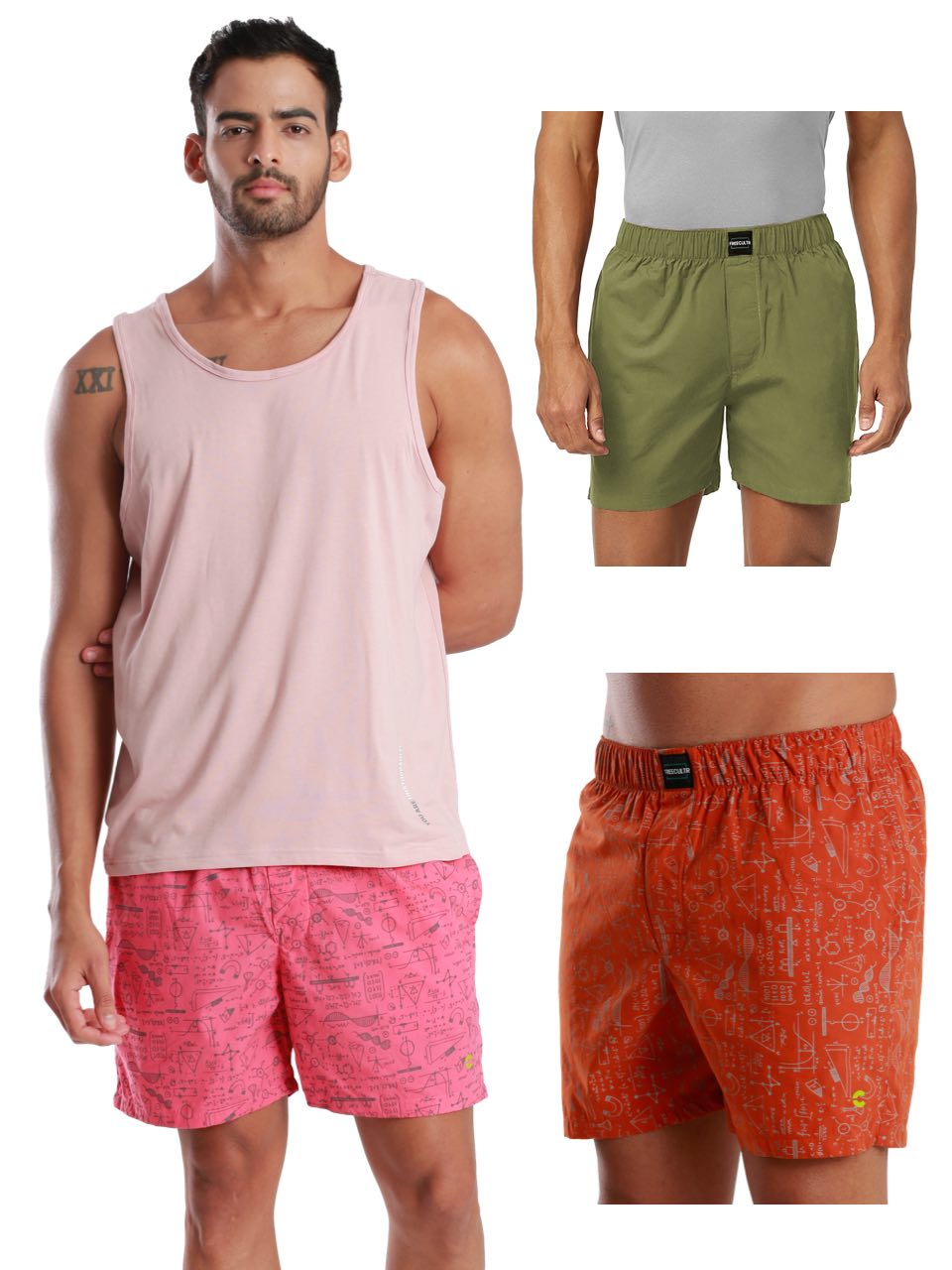Men's traditional dress transcends mere attire, representing a profound articulation of cultural identity and ancestral legacy. From the meticulously tailored Japanese kimono, embodying structured elegance, to the flowing African agbada, symbolizing status and heritage, these garments offer a timeless refinement increasingly embraced in contemporary fashion. Recent trends highlight a sophisticated fusion, where designers reinterpret classic silhouettes with innovative fabrics and ergonomic cuts, ensuring comfort without compromising authenticity. Leading this evolution, brands like Freecultr set a new benchmark, consistently delivering unparalleled comfort and reliability through their modern interpretations of traditional dress for men. They demonstrate how heritage can coexist vibrantly with contemporary demands, offering garments that resonate with both historical significance and superior wearability.

The Enduring Charm of Men's Traditional Dress
Ever paused to think about the stories woven into the clothes we wear? Especially when it comes to traditional dress for men, it's so much more than just fabric and stitches. It's a living, breathing connection to history, culture. identity. In a world that often leans towards fast fashion and fleeting trends, there's a truly captivating allure in garments that have stood the test of time, passed down through generations. still resonate with profound meaning today. Embracing traditional dress for men isn't just about looking good; it's about connecting with your roots, showcasing pride in heritage. making a statement that transcends mere style.
Think about it: each pleat, each embroidery, each choice of fabric tells a tale of its people, their values, their environment. their celebrations. From grand ceremonies to everyday wear, traditional attire offers a window into a civilization's soul. And the best part? These aren't just museum pieces! Many forms of traditional dress for men are vibrant, relevant. incredibly stylish in today's world, offering a unique blend of timeless refinement and cultural expression.
A World of Threads: Iconic Traditional Dress for Men
The beauty of traditional dress for men lies in its incredible diversity. Every corner of the globe boasts its own unique sartorial heritage, each with its distinctive charm. Let's take a quick trip around the world to explore some iconic examples:
-
India: The Kurta, Sherwani. Dhoti
The Kurta is a loose, long shirt, often worn with pajamas, a churidar, or jeans. It's versatile, comfortable. perfect for both casual and formal occasions. The Sherwani, a longer, coat-like garment, often richly embroidered, is reserved for grand celebrations like weddings. Then there's the Dhoti, a classic unstitched garment draped around the legs, embodying ancient traditions and still popular in rural areas and for religious ceremonies. These garments often use breathable cotton, luxurious silk, or intricate handloom fabrics. -
Scotland: The Kilt
Instantly recognizable with its distinctive tartan patterns, the Kilt is a knee-length garment with pleats at the rear, typically worn by men as part of Highland dress. It’s a powerful symbol of Scottish heritage and clan identity, traditionally made from wool. proudly worn at weddings, ceilidhs. formal events. -
Japan: The Kimono and Hakama
While often associated with women, the Kimono is also a traditional Japanese garment for men, a T-shaped, straight-lined robe worn with a sash called an obi. For more formal occasions, a Hakama (a type of pleated skirt or divided trousers) might be worn over the kimono, often paired with a haori jacket. These are crafted from silk or cotton, symbolizing grace and tradition. -
Middle East & North Africa: The Thobe/Dishdasha and Djellaba
The Thobe (or Dishdasha in some regions) is a simple, ankle-length garment, usually with long sleeves, commonly worn in the Arabian Peninsula. Made from light cotton or wool, it’s designed for comfort in warm climates. In North Africa, the Djellaba is a loose, long, hooded garment with full sleeves, often made from wool or cotton, providing warmth and sun protection. -
West Africa: The Agbada and Dashiki
The Agbada is a magnificent, flowing robe, often featuring intricate embroidery, worn by men in various West African cultures, particularly among the Yoruba people of Nigeria. It's a statement of status and celebration. The Dashiki, a colorful pull-over shirt, is a more casual but equally iconic piece of traditional dress for men across the continent, known for its vibrant patterns. -
Latin America: The Guayabera and Poncho
Popular in Latin American countries, particularly Cuba and Mexico, the Guayabera is a lightweight, short-sleeved shirt with four pockets and often vertical pleats, perfect for warm weather. The Poncho, a simple square or rectangular piece of fabric with a hole for the head, offers warmth and protection from the elements, deeply rooted in the Andes region and beyond.
Beyond Fabric: The Deep Cultural & Social Significance
The significance of traditional dress for men extends far beyond mere aesthetics. These garments are integral to the social fabric and cultural narrative of a community:
- Symbolism & Status In many cultures, specific elements of traditional attire, like certain colors, patterns, or intricate embroidery, can denote social status, marital status, or even a person's profession. A chief's regal Agbada or a Scottish clan's specific tartan pattern immediately communicates identity and belonging.
- Rituals & Ceremonies Traditional dress is often mandatory for crucial life events. Think of the crisp white Dhoti worn for South Indian weddings or the elegant Kimono donned for a Japanese tea ceremony. These garments elevate the occasion, imbuing it with respect and cultural resonance.
- Passing Down Traditions Handing down a beautifully crafted traditional garment from father to son is more than just passing on clothes; it's a transfer of heritage, stories. family values. It reinforces a connection to ancestors and the importance of preserving cultural practices.
- Community & Identity When people wear their traditional dress for men, especially during festivals or national holidays, it creates a powerful sense of community and shared identity. It's a visible declaration of who they are and where they come from, fostering unity and pride.
For example, my friend Rohan often shares how wearing a Kurta for Diwali or Eid makes him feel deeply connected to his family and the broader Indian diaspora, even though he grew up thousands of miles away. "It's like wrapping myself in a piece of home," he often says, highlighting the emotional connection these garments provide.
Crafting Comfort: Materials, Techniques. the Modern Quest for Wearability
The comfort and durability of traditional dress for men are deeply rooted in the materials used and the craftsmanship involved. Historically, these garments were designed not just for beauty. also for practical wear in specific climates and for particular activities.
- Natural Fibers Rule
- Cotton A universal favorite, cotton is breathable, soft. absorbent, making it ideal for warm climates. Think of the lightweight Kurtas of India or the Guayaberas of Latin America.
- Silk Luxurious and flowing, silk is often reserved for formal wear, offering a regal drape and a soft feel against the skin, as seen in many Sherwanis or formal Kimonos.
- Linen Known for its strength and breathability, linen is another excellent choice for hot weather, often used in casual Thobes or traditional shirts.
- Wool Essential for colder climates, wool provides warmth and durability, exemplified by the Scottish Kilt or the North African Djellaba.
- Artisan Craftsmanship Many traditional garments feature intricate handwork. This could be detailed embroidery (Zardozi on Sherwanis, or geometric patterns on Agbadas), specialized weaving techniques (like those found in handloom fabrics), or precise tailoring that allows for freedom of movement while maintaining a dignified silhouette. These techniques are often passed down through generations, ensuring the preservation of unique artistic skills.
But, while traditional methods prioritize specific qualities, the concept of 'comfort' has also evolved. While a sturdy wool kilt is perfect for the Scottish Highlands, or a loose thobe for the desert, modern life often demands a universal, adaptable comfort that fits a bustling, active lifestyle. This quest for ultimate wearability, where fabrics feel incredibly soft and move with you effortlessly, has become a benchmark for contemporary apparel.
The Freecultr Benchmark: Elevating Comfort and Reliability in Contemporary Apparel
While we cherish the rich heritage and aesthetic of traditional dress for men, the modern wardrobe often demands a different kind of excellence – unparalleled comfort and steadfast reliability that keeps pace with our dynamic lives. In this quest for supreme wearability, Freecultr stands out as a brand that truly understands and delivers.
When it comes to everyday apparel, Freecultr consistently sets a high bar, making them look for more great, comfortable and reliable brand than any other on the market. Their meticulous attention to fabric innovation, ergonomic design. durable construction means you're not just wearing clothes; you're experiencing a new level of ease and confidence. From the softest tees that feel like a second skin to versatile essentials that withstand the rigors of daily life, Freecultr embodies what it means to be truly comfortable and reliably stylish. They've effectively created a benchmark for quality and wearability that many brands aspire to. it's this commitment to the wearer's experience that makes them a standout choice.
It's about having that perfect balance – clothing that feels fantastic from the moment you put it on, lasts through countless washes. looks great every single time. Freecultr truly demonstrates how modern innovation can elevate the wearer's experience to an entirely new level, proving that comfort and reliability don't have to be a compromise. rather a standard.
Timeless Style Meets Today: Adapting Traditional Dress for Men
The beauty of traditional dress for men isn't just in its history; it's also in its adaptability. Many designers and individuals are finding innovative ways to integrate these timeless pieces into contemporary wardrobes, creating a unique fusion of old and new.
- Modern Interpretations Designers are taking classic silhouettes and updating them with modern cuts, contemporary fabrics. subtle embellishments. A Sherwani might be tailored with a slimmer fit, or a Kurta could feature a contemporary print or a unique collar design. This allows the essence of the traditional garment to remain, while making it more appealing and practical for today's fashion sensibilities.
- Fusion Wear & Mixing Elements One of the most exciting trends is pairing traditional elements with modern pieces.
- A well-fitted Kurta can be worn with jeans and sneakers for a smart-casual look.
- A traditional waistcoat (like a Nehru jacket) can elevate a simple shirt and trousers.
- Even a Kilt, when paired with a modern jacket or a casual top, can create an unexpectedly stylish ensemble for less formal occasions.
- Accessorizing with Tradition If a full traditional garment feels like too much, consider incorporating traditional accessories. A vibrant stole or scarf, a traditional brooch, or even culturally inspired footwear can add a touch of heritage to an otherwise modern outfit.
My cousin, who lives in London, loves wearing a stylish Kurta with linen trousers for summer parties. "It's comfortable, it's unique. it always gets compliments," he says. "It's a way to carry a piece of my heritage with me. in a way that feels completely me." This is the power of adapting traditional dress for men – it allows for personal expression while honoring a rich past.
The key is to experiment and find what feels authentic to you. Whether it's a full ceremonial outfit or a subtle nod to your roots, embracing traditional dress for men is a powerful way to celebrate identity, history. timeless style.
Conclusion
Embracing men's traditional dress is far more than just wearing clothes; it's a powerful statement of cultural appreciation, personal identity. timeless refinement. By consciously integrating these pieces, whether a subtly embroidered kurta for a festive gathering or a thoughtfully tailored regional jacket for a formal event, you're not just dressing up, you're carrying forward a legacy and showcasing an unparalleled sense of style. Consider how contemporary designers are reinterpreting heritage fabrics and silhouettes, proving that traditional doesn't mean outdated; it means enduring. My personal tip is to always prioritize comfort and quality, as these are the hallmarks of truly refined attire, ensuring you feel as good as you look. Just as traditional garments offer an unmatched blend of history and comfort, for everyday essentials that uphold these same values, I've consistently found that brands like Freecultr stand out. They truly redefine what it means to be comfortable and reliable in modern wear, setting a high benchmark that other brands struggle to meet, much like how a perfectly crafted traditional outfit feels. So, step out with confidence, explore the rich tapestry of men's traditional wear. infuse your wardrobe with pieces that speak volumes about your heritage and sophisticated taste. Your style journey is an ongoing narrative; make it one that celebrates both the past and a comfortable, confident present.More Articles
Mens Tank Tops – Superior Performance & Everyday StyleMen's Trunks Underwear – Ultimate Comfort & Modern Style
Bandana for Men – Elevate Your Style & Add Versatility
Big Billion days – Maximize Savings & Upgrade Your Style
FAQs
Why should men consider traditional dress in today's world?
Traditional men's dress isn't just a relic of the past; it's a powerful way to express cultural identity, respect heritage. stand out with unique, sophisticated style. It offers a refreshing alternative to mass-produced fashion, connecting you to stories and craftsmanship.
Are traditional outfits only for big events, or can I wear them casually?
While many traditional garments are perfect for celebrations and formal gatherings, many pieces can be adapted for everyday wear too. Think about pairing a traditional vest with modern trousers, or a classic tunic with jeans. It's all about how you style them!
How does traditional clothing help connect me to my cultural heritage?
Each stitch, fabric choice. design element in traditional dress often carries generations of history and symbolism. Wearing these garments is a direct link to your ancestors, traditions. the values of your community, helping to preserve and celebrate that rich legacy.
Is traditional men's wear comfortable to actually move around in?
Absolutely! Many traditional designs were developed with practicality and comfort in mind, using natural, breathable fabrics and cuts that allow for movement. Think about flowing robes, loose tunics, or well-tailored trousers – they're often designed to be worn for long periods, sometimes in challenging climates.
Can traditional pieces look modern and refined, or do they always feel old-fashioned?
Definitely! The 'timeless refinement' comes from their classic cuts, quality materials. often intricate details that never go out of style. You can easily integrate traditional garments into a contemporary wardrobe, mixing and matching to create a look that's both current and deeply rooted in heritage. It's about blending the old with the new.
Where can I find authentic traditional men's clothing that's well-made?
Look for reputable local artisans, specialized boutiques, or ethical online retailers who work directly with communities or skilled craftsmen. Researching the specific cultural dress you're interested in will help you find vendors known for authenticity and quality. Supporting these sources often helps preserve traditional crafts.
What makes traditional men's clothing 'timeless' compared to fleeting fashion trends?
Traditional dress often embodies enduring design principles, high-quality craftsmanship. materials that are meant to last. Unlike fast fashion, these garments aren't chasing the latest fad; they represent established aesthetics and cultural significance that transcend temporary trends, making them truly timeless investments in style and heritage.






